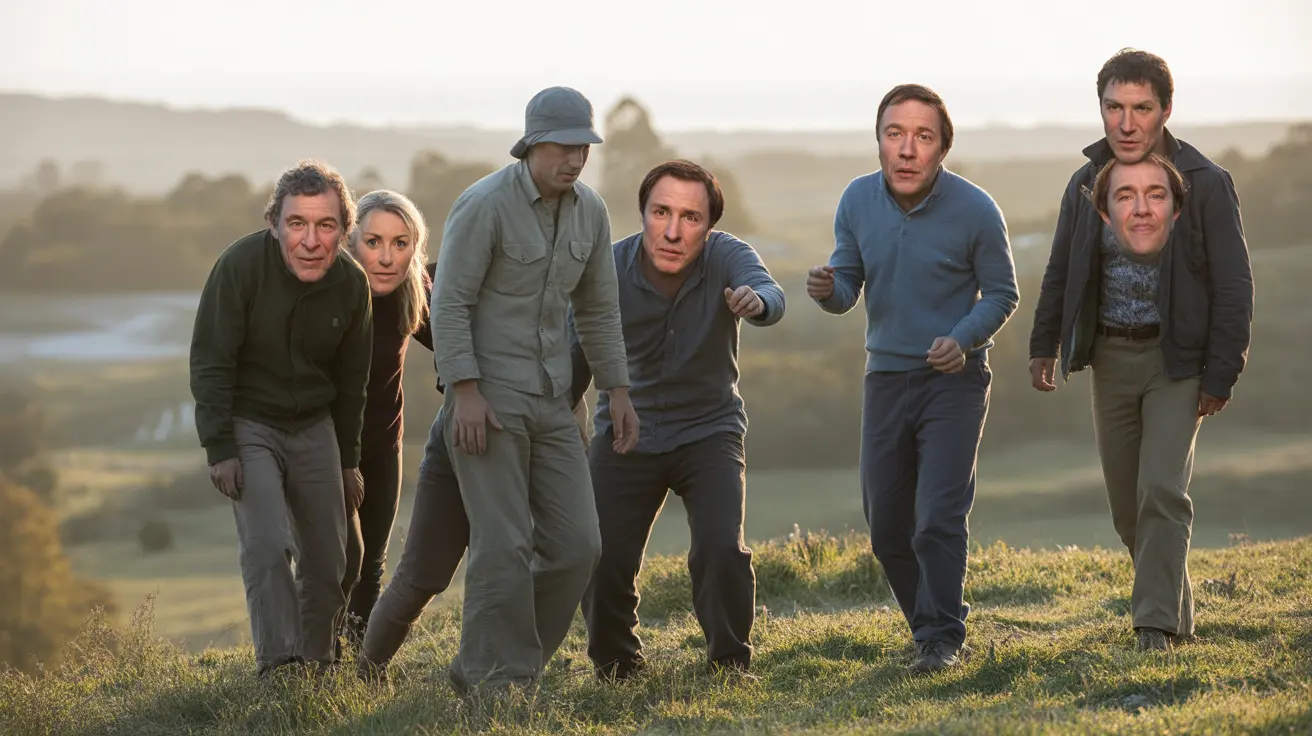Understanding Male Dog Reproductive Maturity
When it comes to canine reproduction, many pet owners are curious about the behavior and biological changes in male and female dogs. One common misconception involves the term "heat" in relation to male dogs. In truth, male dogs do not go into heat. The heat cycle is exclusive to females. However, male dogs do experience a phase in life when they reach sexual maturity and exhibit strong reproductive instincts.
What Does 'Heat' Mean in Dogs?
The term "heat" refers to the estrus cycle in female dogs—a period during which they are fertile and can become pregnant. This cycle includes several stages and is marked by visible signs such as vaginal bleeding, swelling of the vulva, and behavioral changes like increased affection or roaming.
When Do Male Dogs Reach Sexual Maturity?
Male dogs begin their journey into reproductive capability typically between the ages of 6 to 12 months, depending on their breed and individual development. This stage is akin to puberty in humans and doesn't involve a cyclical process like it does in females.
- Small breeds tend to mature earlier, around 6 months.
- Medium to large breeds may not reach maturity until 9–12 months.
- Giant breeds may take up to 18 months or more to become sexually mature.
Signs a Male Dog Has Reached Sexual Maturity
Unlike females, the signs in male dogs are more behavioral than physical or hormonal. Here are some indications:
- Increased interest in female dogs, especially those in heat.
- Marking behavior—urinating on objects to signal presence to females.
- Humping or mounting objects, other dogs, or even people.
- Roaming tendencies in search of a mate, possibly escaping yards or homes.
Behavioral and Hormonal Influences
As testosterone levels rise in male dogs, so does their interest in mating behaviors. These behaviors are instinctual and natural, although they can be managed or minimized through early training or medical intervention such as neutering.
Should Male Dogs Be Neutered?
Many veterinarians recommend neutering male dogs around 6 to 12 months of age depending on size and breed. Neutering can help:
- Prevent unwanted litters.
- Reduce aggressive or dominant behaviors.
- Decrease roaming and marking.
- Lower the risk of certain cancers and infections.
Managing a Sexually Mature Male Dog
Owning a male dog that has reached sexual maturity involves a bit of vigilance. Be aware of the following care recommendations:
- Secure fences and containment areas to prevent roaming.
- Consider training to reduce humping or dominant behavior.
- Socialize safely with other dogs to monitor reactions.
- Consult a vet about the best age and methods for neutering.
Myths About Male Dogs and Heat
There are a few misconceptions that often circulate:
- Myth: Male dogs go into heat too.
Fact: Only female dogs experience estrus cycles. Males are simply receptive anytime they're exposed to a female in heat. - Myth: Neutering is cruel.
Fact: Neutering is a routine procedure recommended for both behavioral and health reasons. - Myth: Male dogs lose their personality after neutering.
Fact: Personality traits remain the same; only hormonally driven behaviors may change.
Conclusion
To sum up, male dogs do not go into heat. Instead, they reach a point in life—typically between 6 and 12 months—when they become sexually mature. This development is marked by physical, hormonal, and behavioral changes. Understanding these cues can help pet owners manage their dogs better and make informed decisions about neutering and training.





